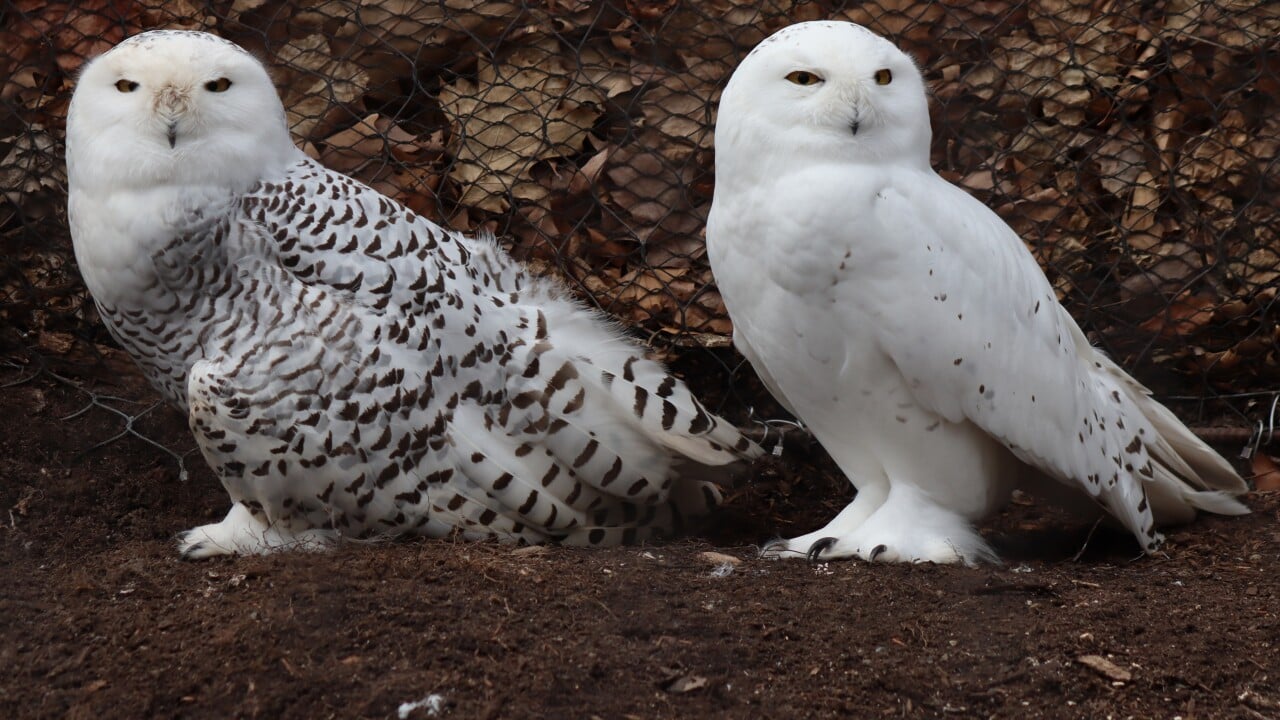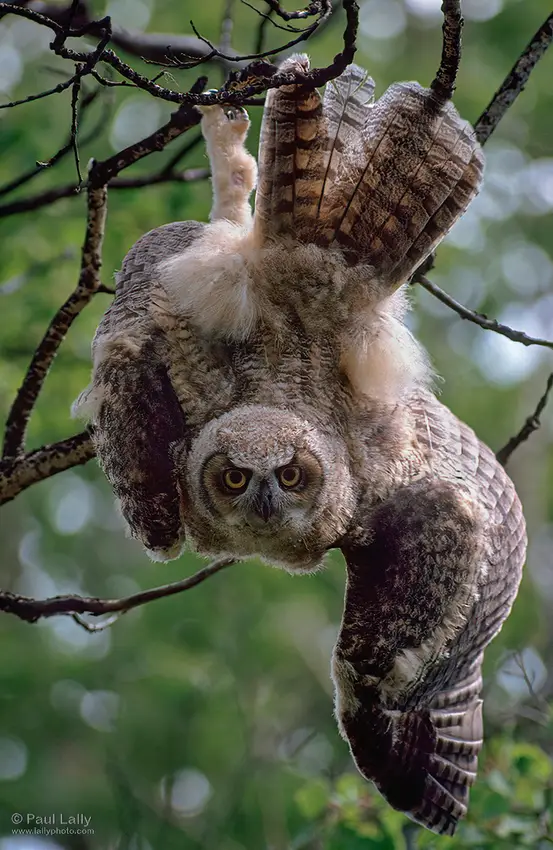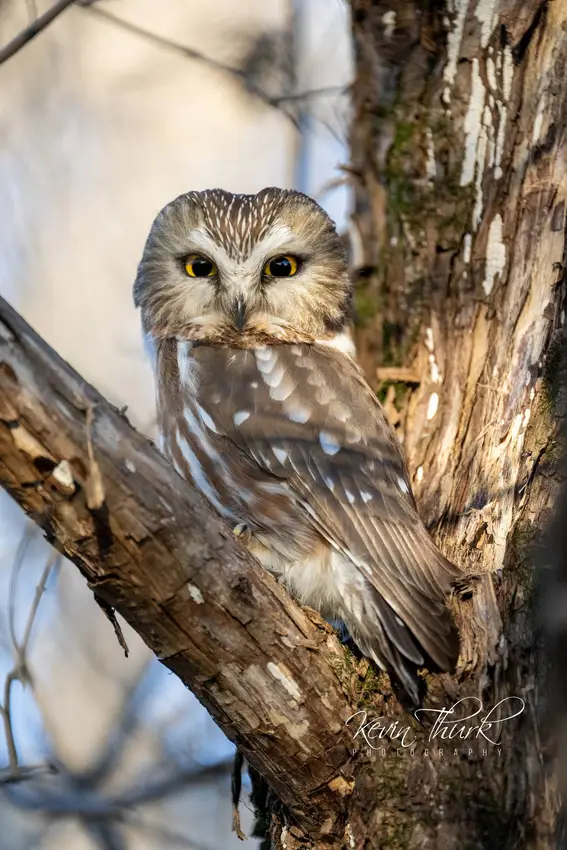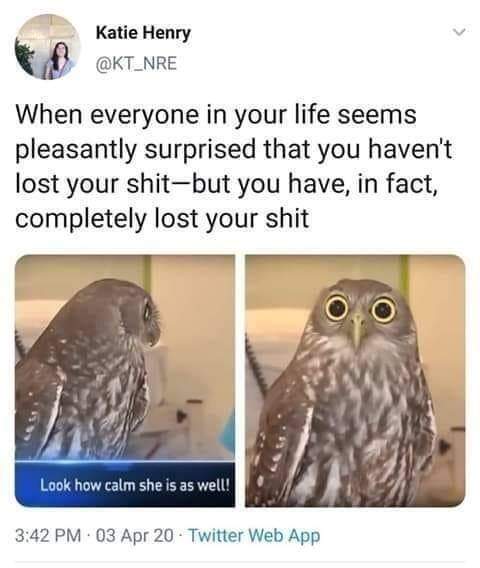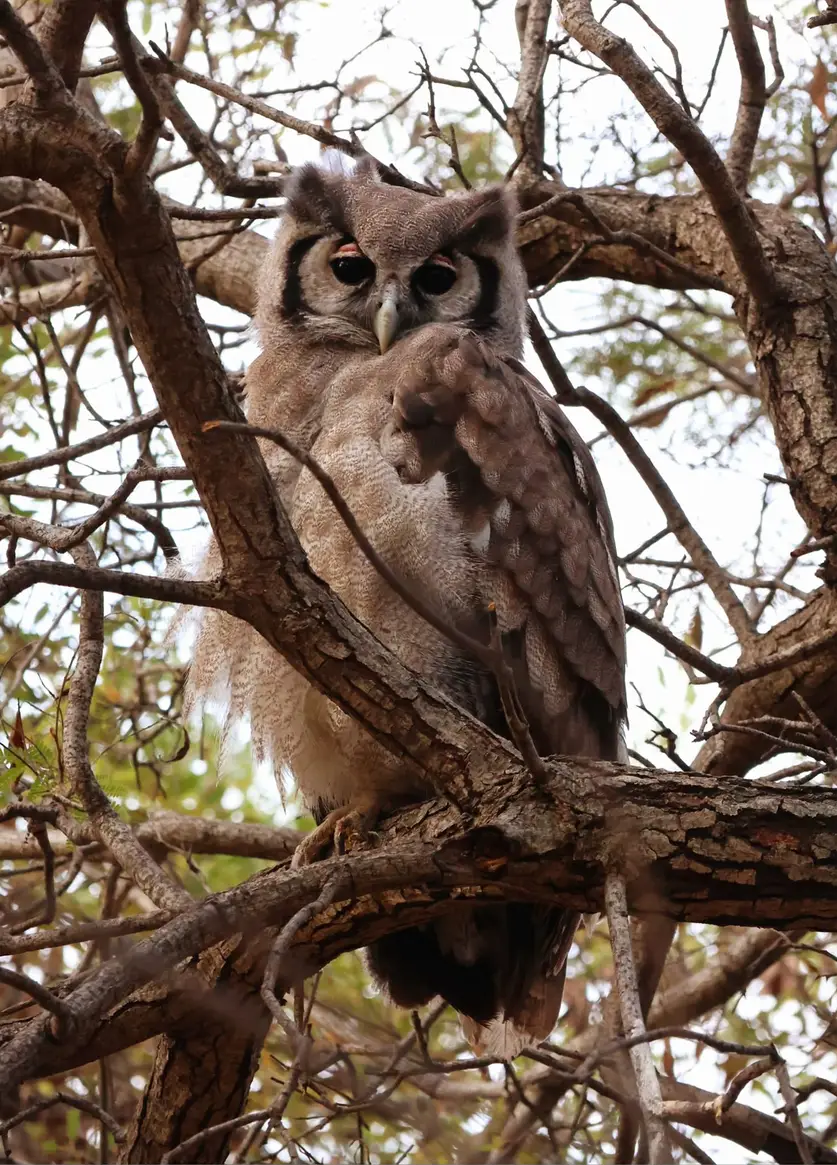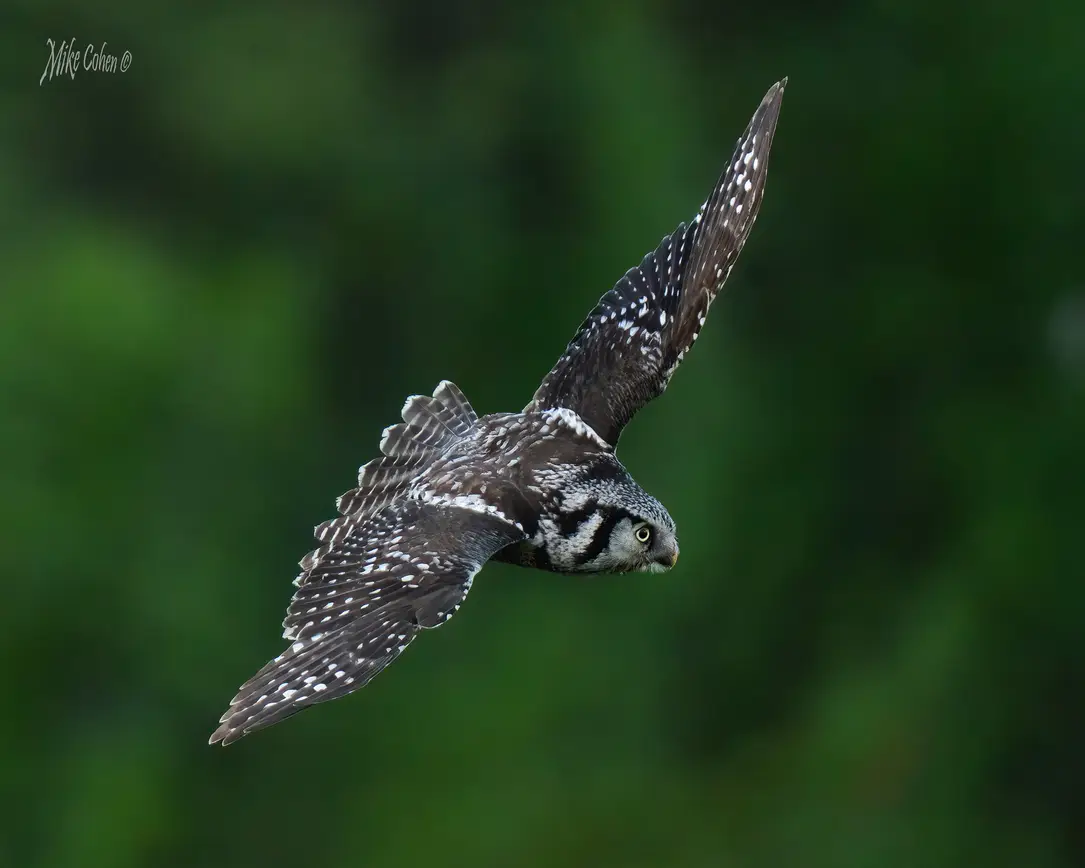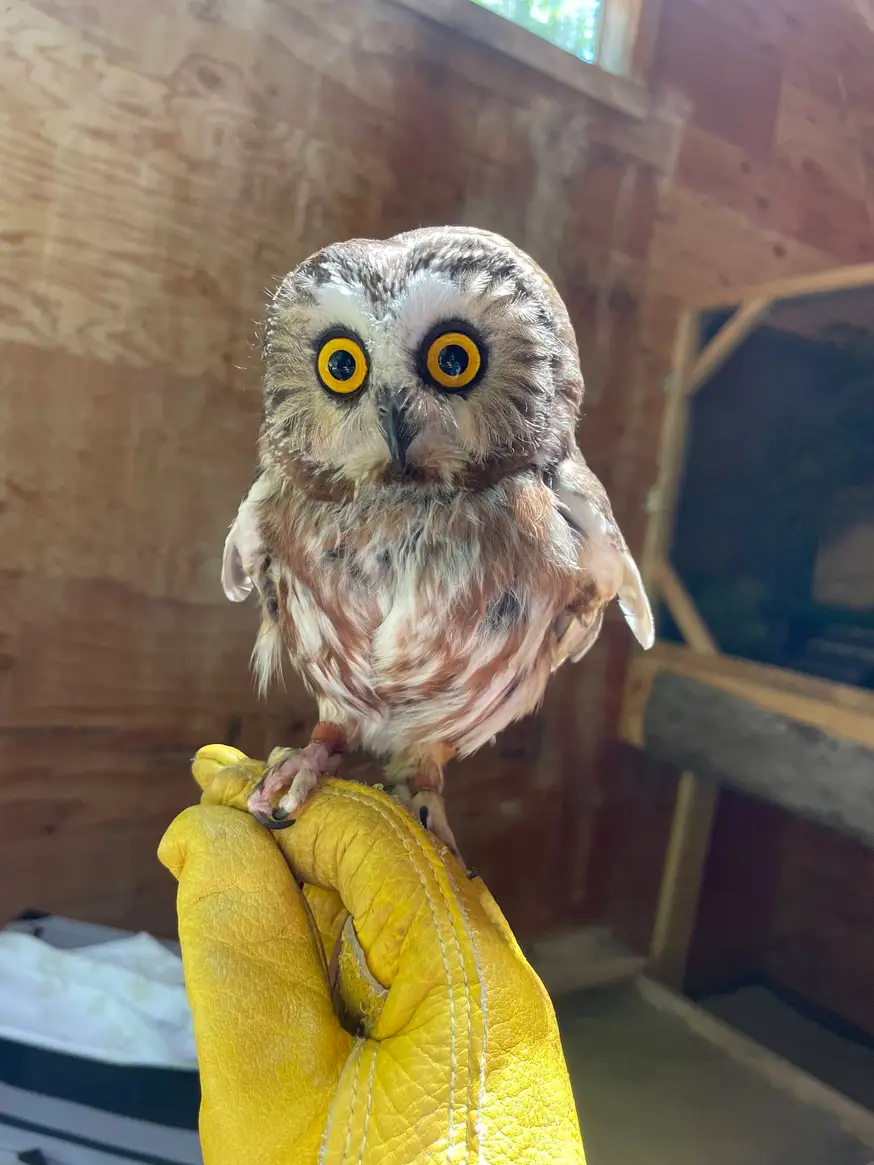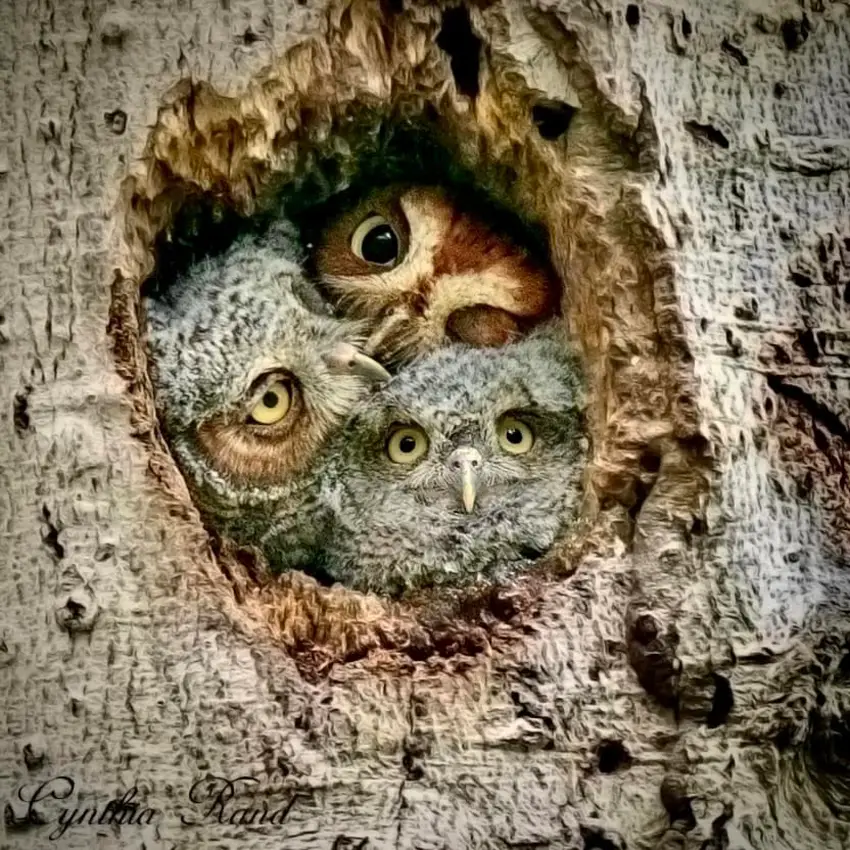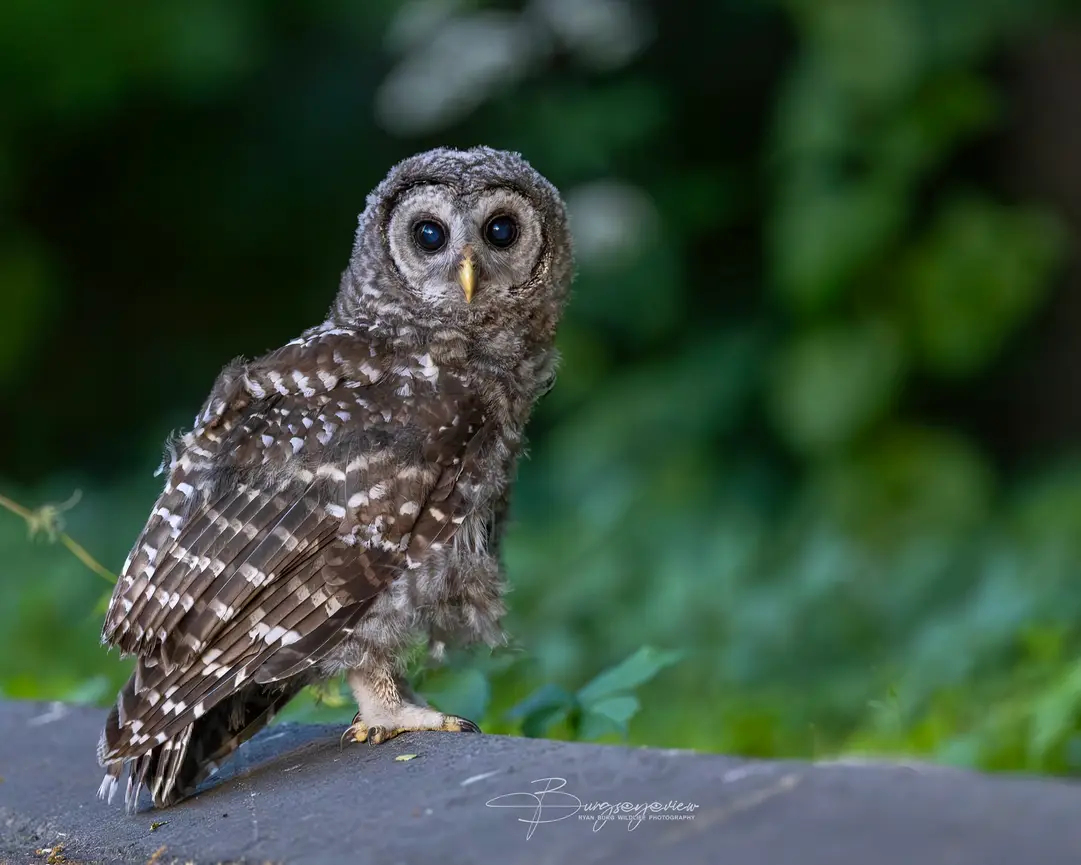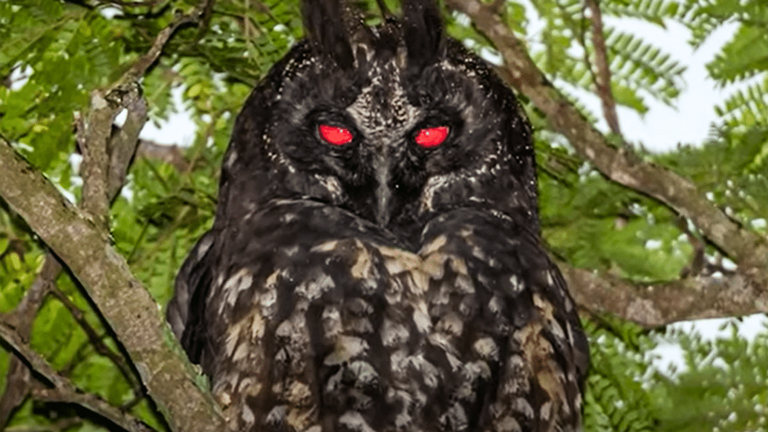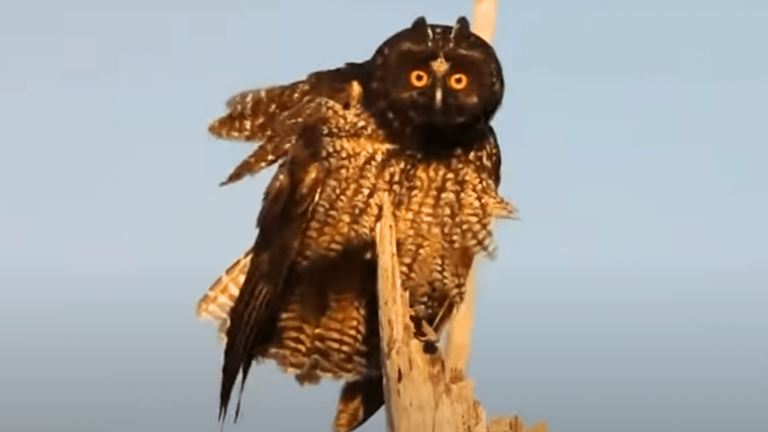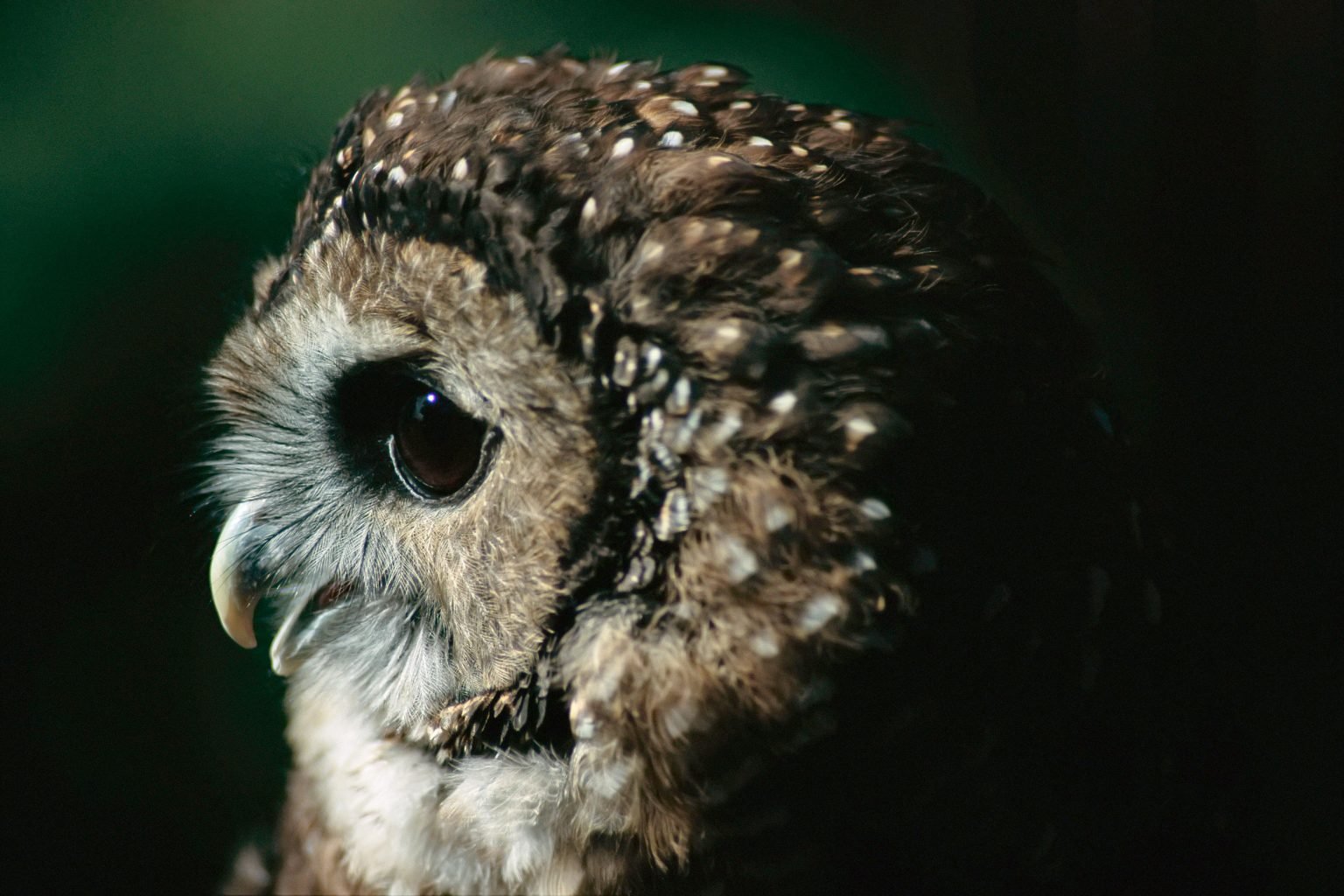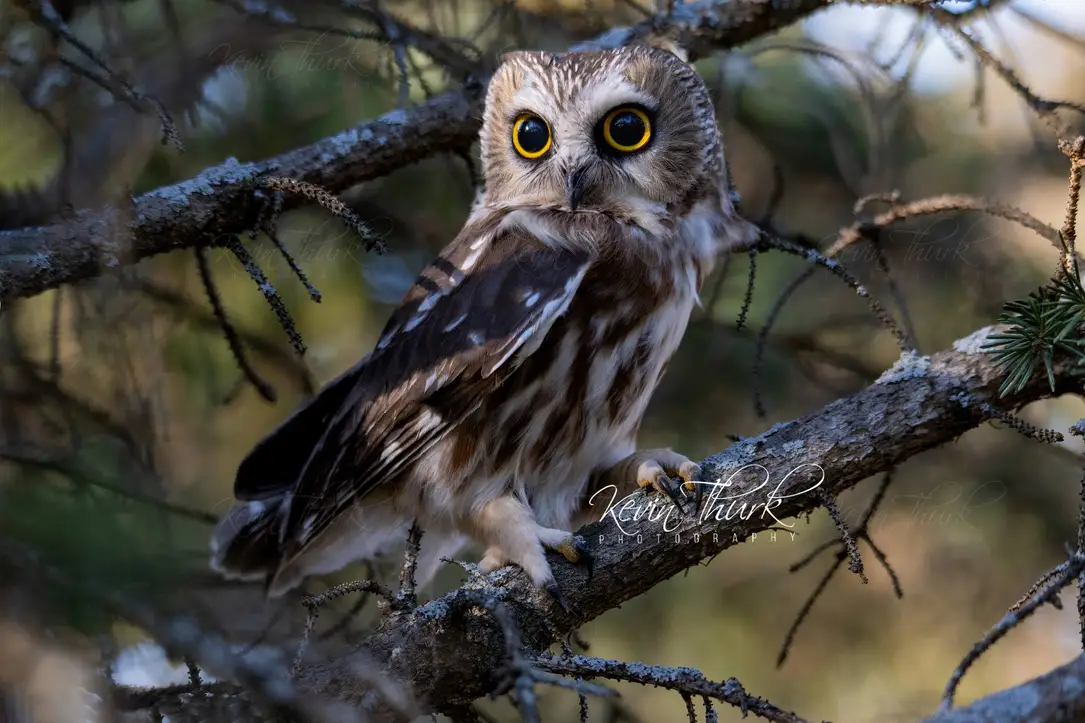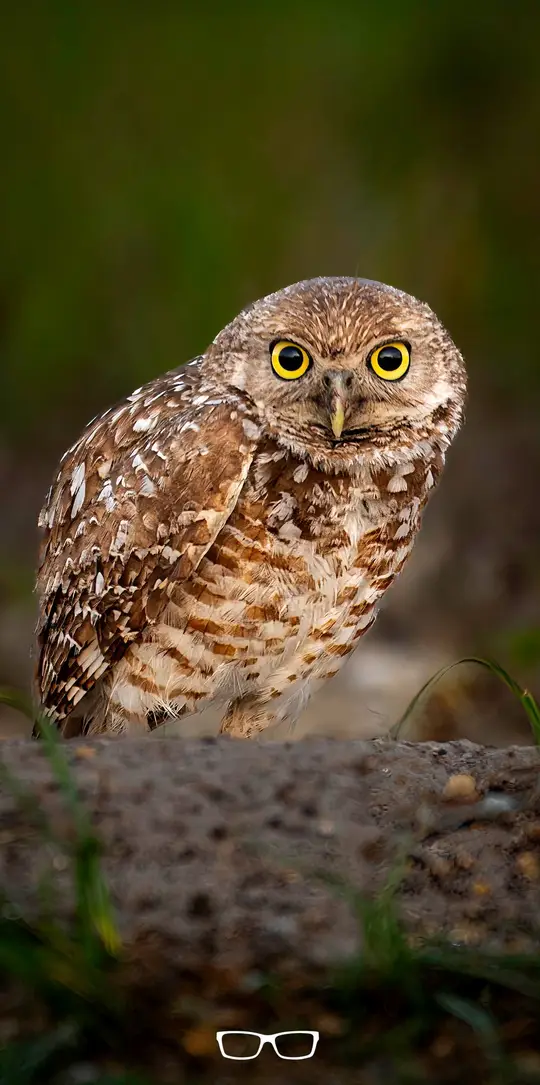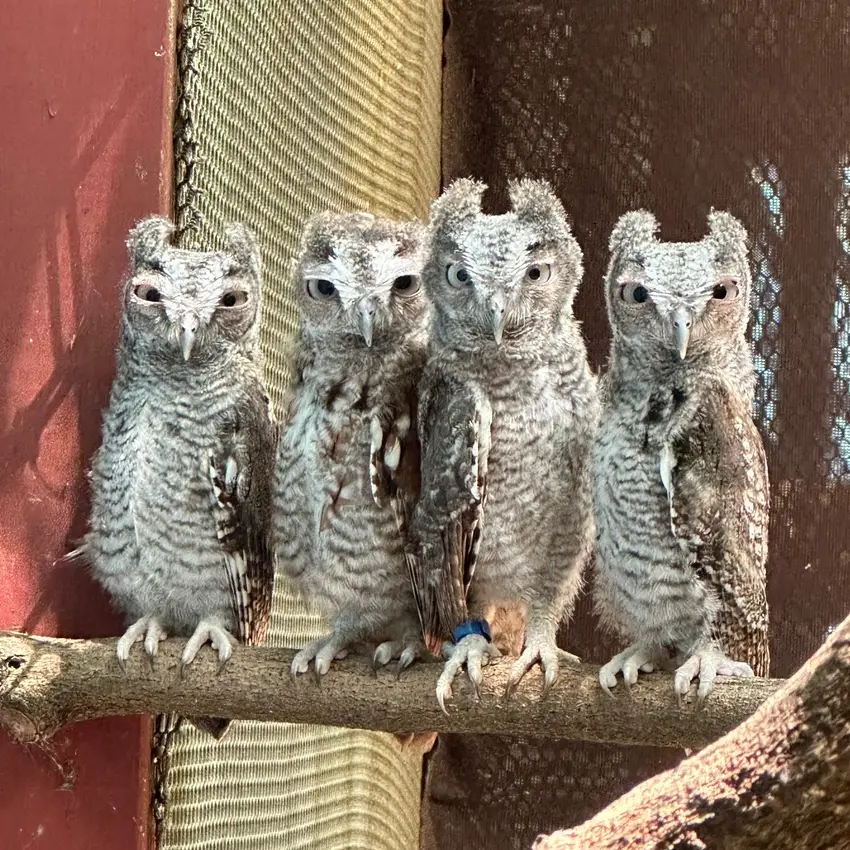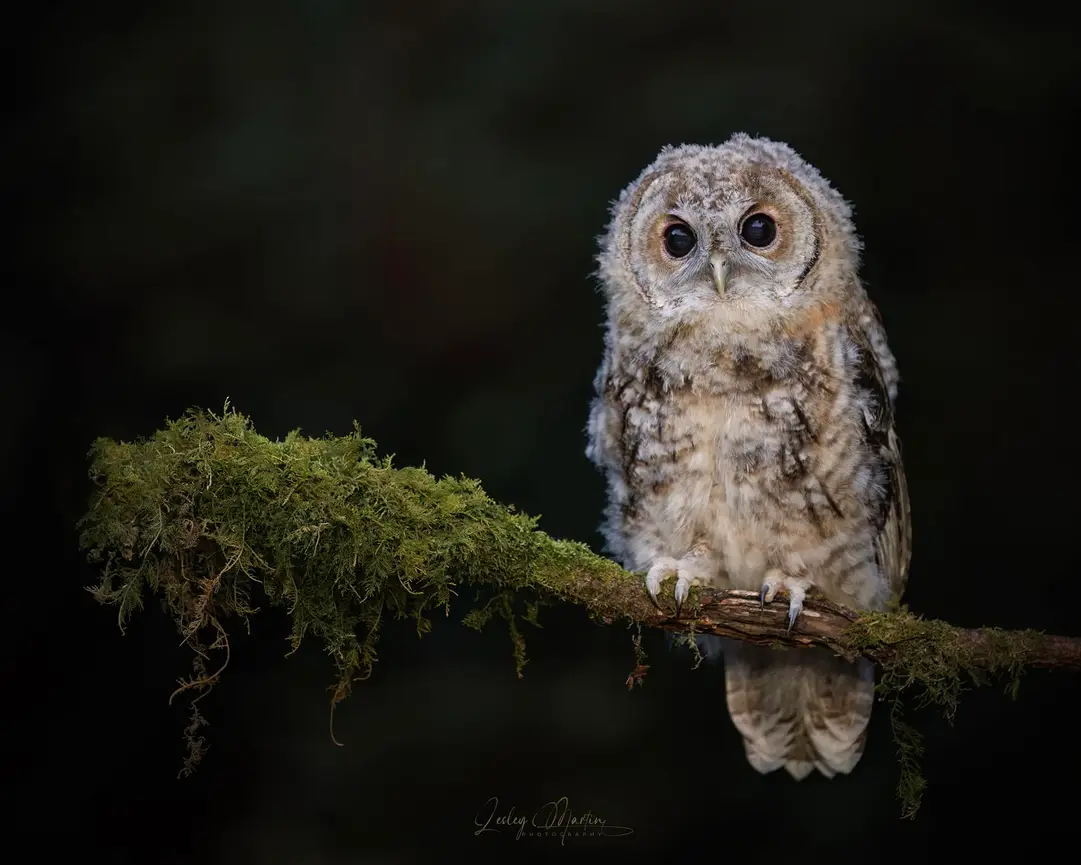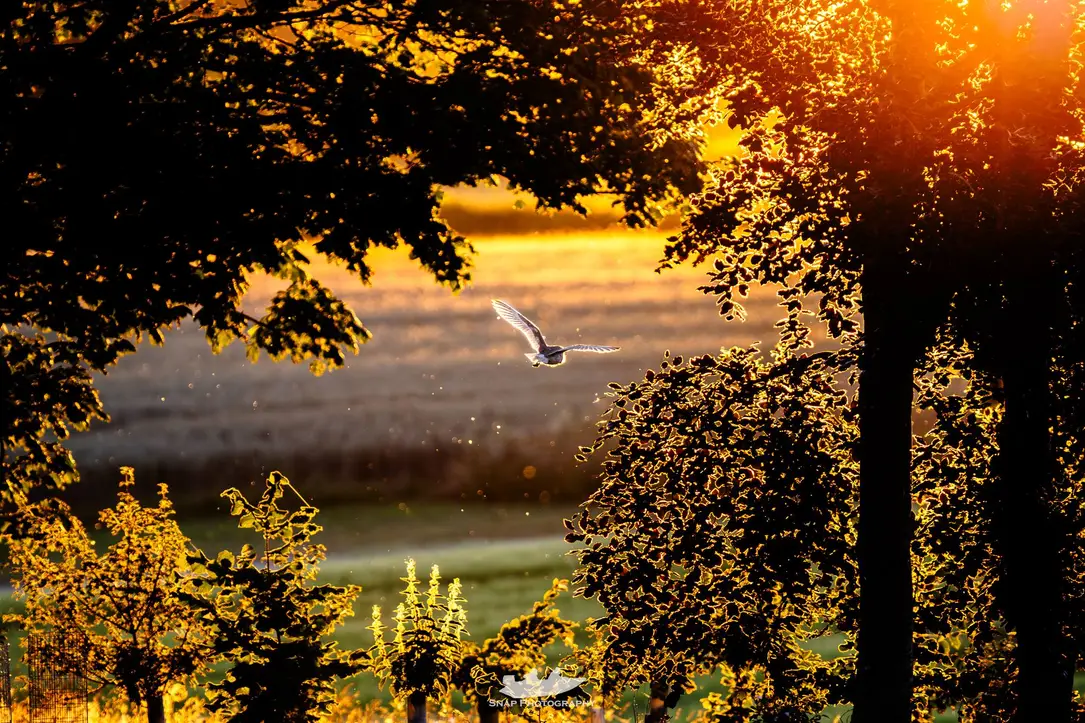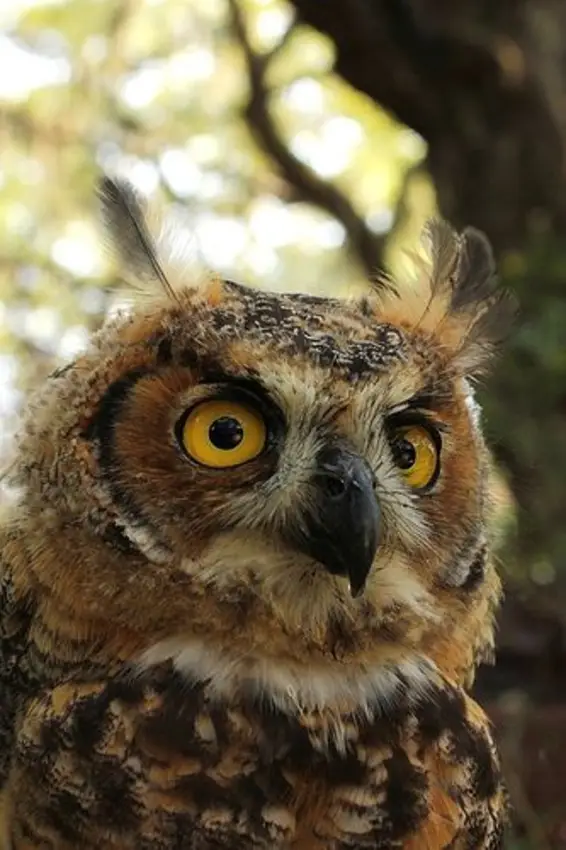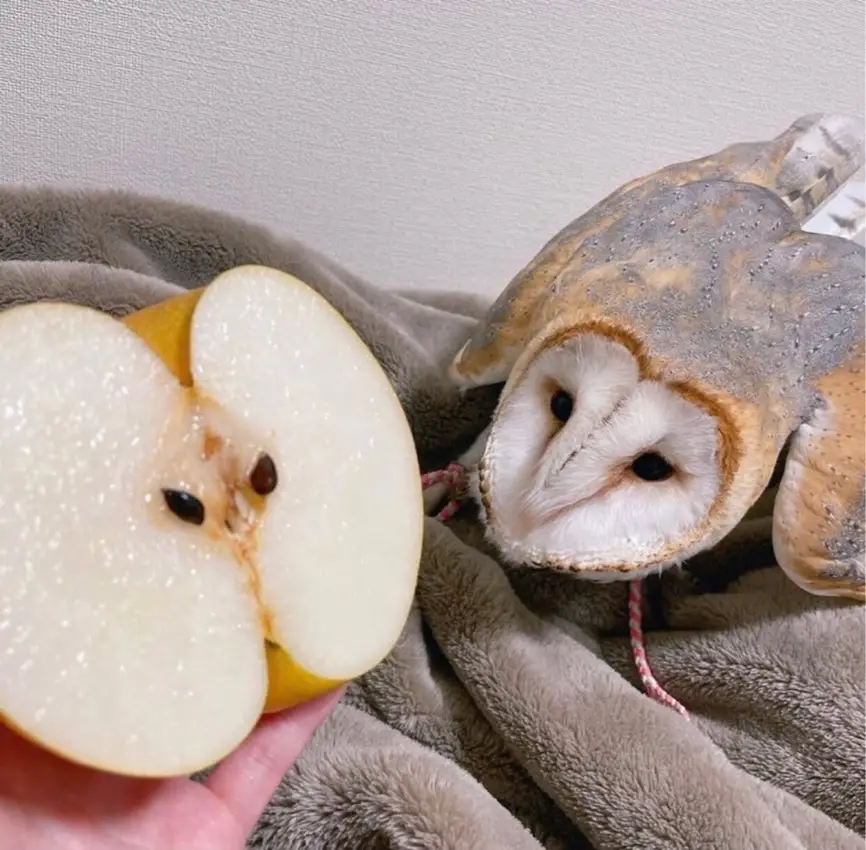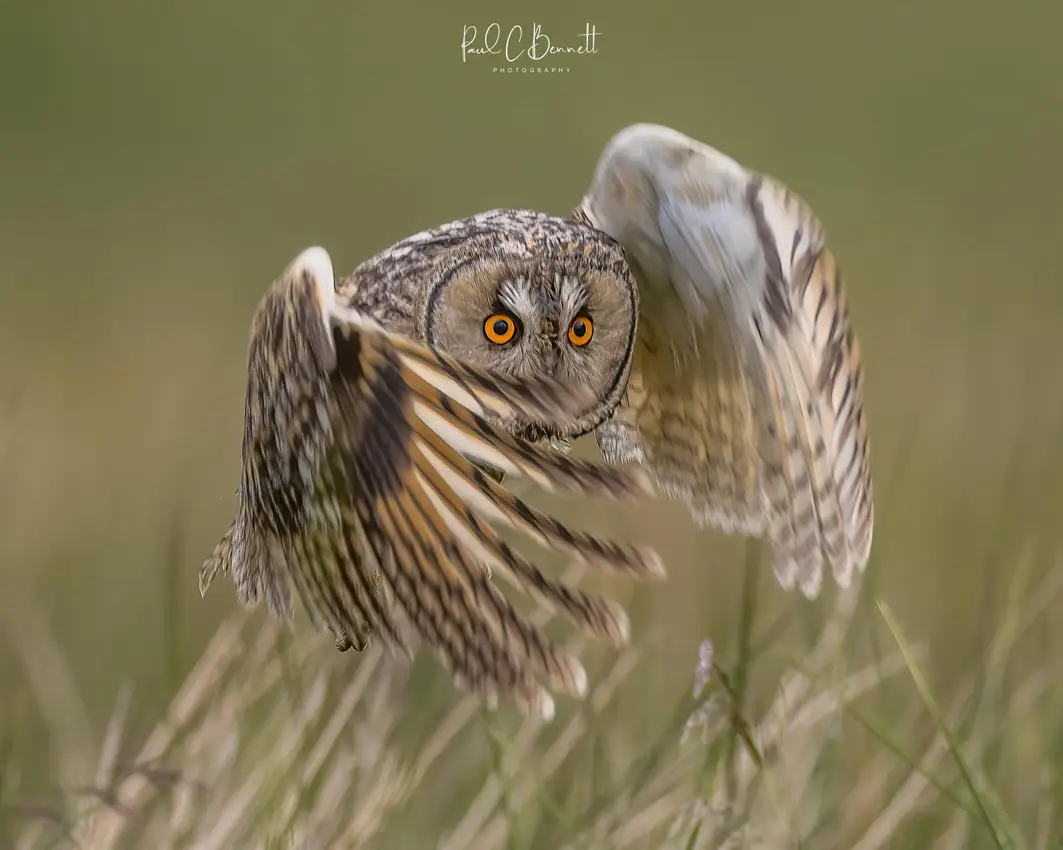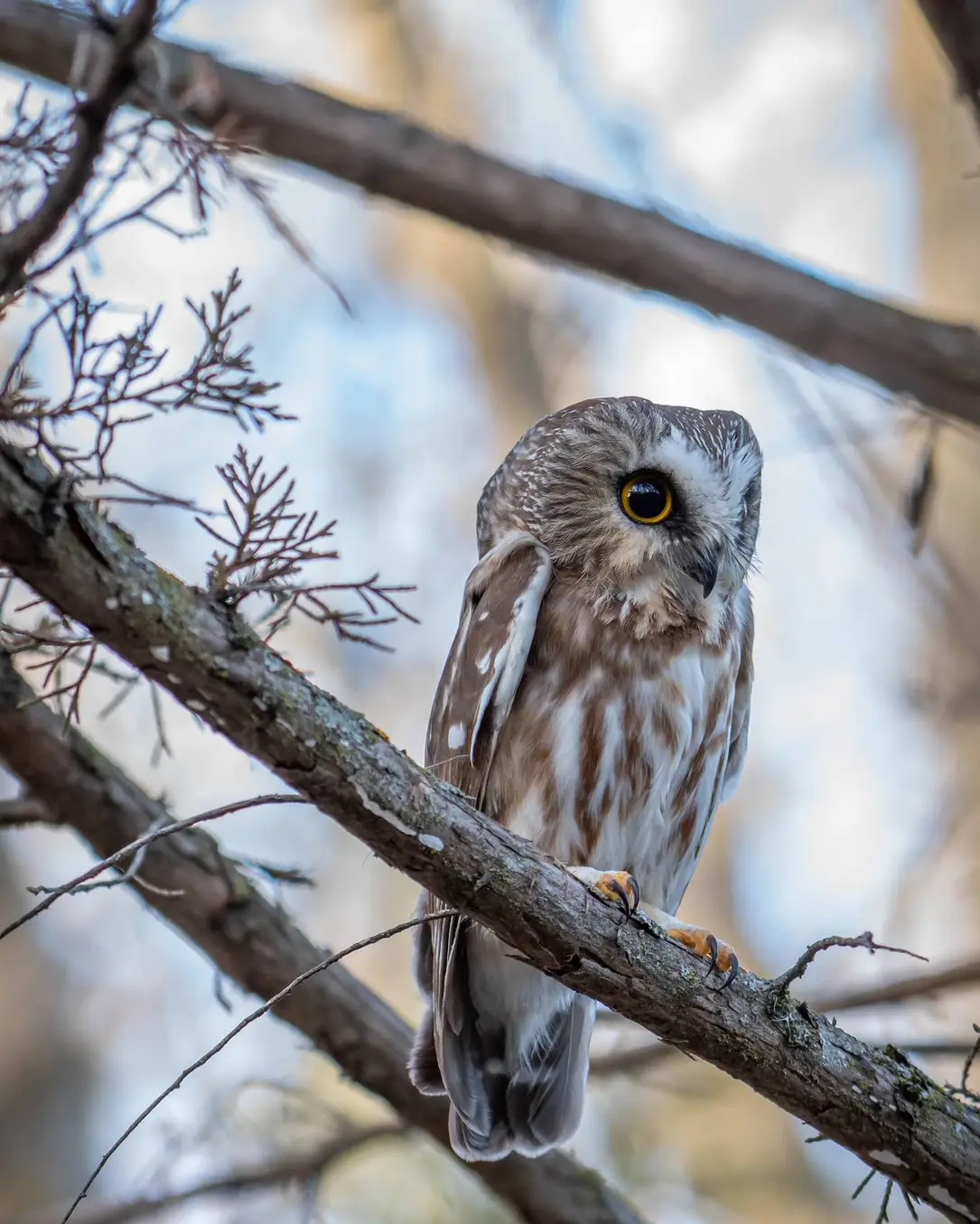The Stygian Owl: Unveiling the Enigma of Its Crimson Eyes
The Stygian Owl's red eyes, shining eerily in the night, are a hallmark of this enigmatic bird, setting it apart in the avian world. These crimson orbs, glowing under artificial light, add to the mystique and allure of this nocturnal predator.
Introduction to the Stygian Owl
The Stygian Owl, scientifically known as Asio stygius, is a medium-sized yet striking owl, renowned for its eerie and captivating appearance. This species is found across a diverse range of habitats in Mexico, Central and South America, the Caribbean, and even urban parks. Its name, derived from the dark and gloomy River Styx of Greek mythology, hints at its mystifying nature.
The Striking Appearance of the Stygian Owl
The owl's physical characteristics are as intriguing as its name. It is larger and darker than the Long-eared Owl, with sooty-brown upperparts and heavy dark barring on its chest and belly. Its facial disc is dusky brown, framed with finely white-speckled lateral rims and prominent, short whitish eyebrows. But the most remarkable feature is its vivid, orange-yellow eyes, which glow bright red when illuminated by artificial light.
The Enigma of the Crimson Gaze
The nocturnal habits of the Stygian Owl contribute to its association with red eyes. As it is active mostly at night, people primarily encounter it under artificial lighting, which causes its eyes to reflect a red hue. This characteristic has earned it nicknames like "The Devil Owl" in certain cultures.
Diet and Hunting: A Unique Predator
Unlike most owls, the Stygian Owl primarily preys on small birds, bats, and occasionally insects and amphibians, rather than rodents. It hunts from a perch, adept at snatching birds from their nocturnal perches or capturing bats mid-flight.
Breeding and Vocalization: Unraveling the Mystery
The breeding habits of the Stygian Owl are relatively unknown. However, it's seen that males perform a wing-clapping display during courtship flights. Nests are typically made in abandoned stick nests of other birds or sometimes on the ground. The female incubates the eggs alone, but both parents feed the downy young. The owl's vocalizations include a deep, hooting song by the male and a high-pitched "miah" by the female.
Conservation Status: Least Concern but Decreasing
Despite its broad distribution, the Stygian Owl's population trend is decreasing, partly due to habitat loss and persecution stemming from myths associated with its appearance.
Conclusion: A Creature of Myth and Reality
The Stygian Owl, with its striking red eyes and mystical aura, is a remarkable species that continues to captivate and intrigue. While it may be shrouded in myth and mystery, this owl plays a significant role in its ecosystem, and understanding it better can help in its conservation efforts.
I liked the picture with the goofball face better than the red eyed pics I normally see. It looks like it'd make a good 8/16 bit sprite.
This is a more common look you'll see in the photos.
